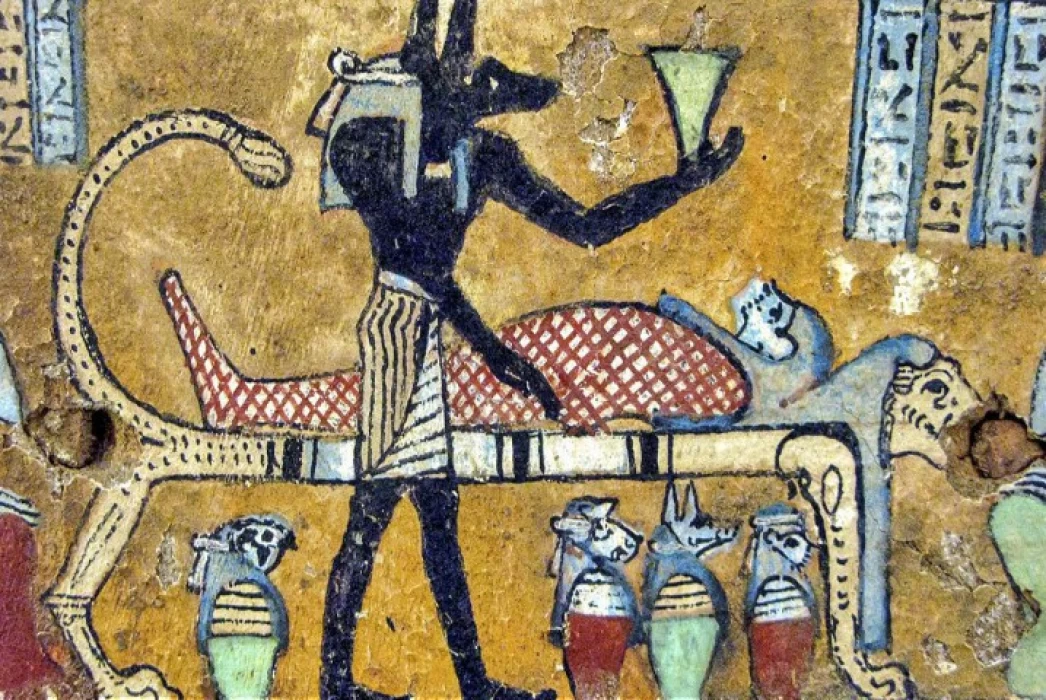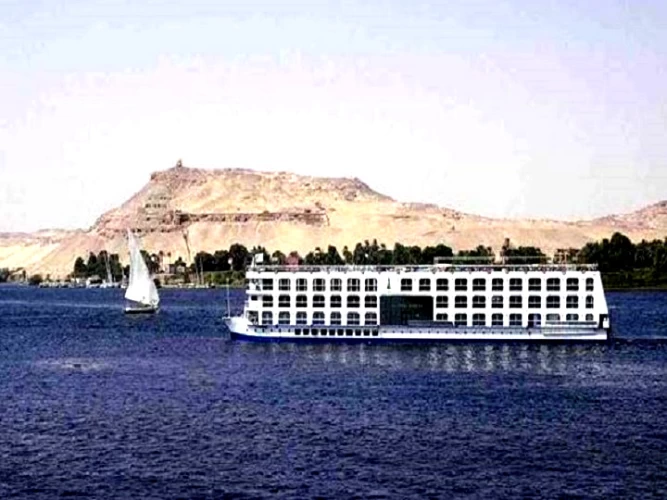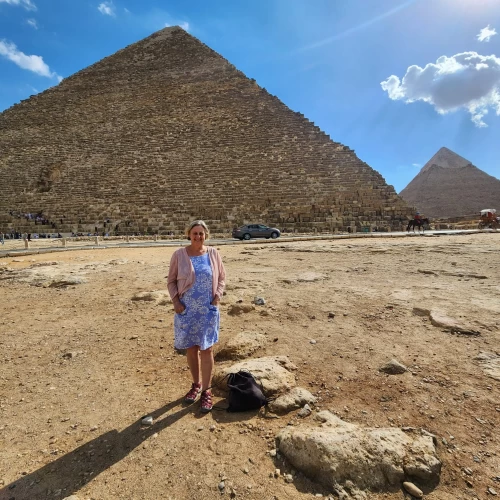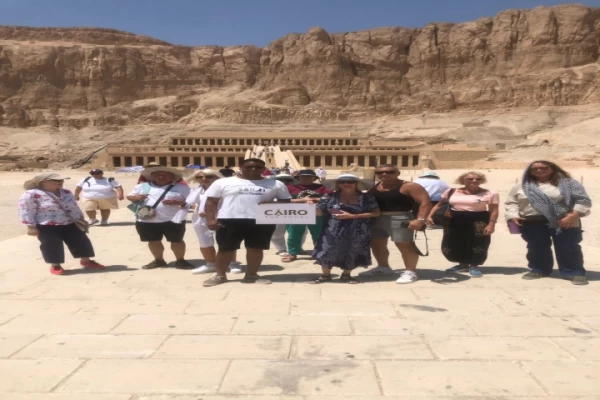
Science in Ancient Egypt
Facts About Science in Ancient Egypt
The ancient Egyptians and Babylonians achieved a significant amount of knowledge in the fields of astronomy, engineering, mathematics and medicine, some of which is still used today. The Egyptians excelled in engineering, surgery and created the solar calendar, which is considered a great scientific achievement and the best civilisational legacy that ancient Egypt gave to the civilised world.
The ancient Egyptian civilisation was the most influential of all the civilisations established by the peoples of the eastern Mediterranean. Ancient Egyptian scientists, mostly priests, laid the foundations of science for the Egyptians, who reached advanced levels of engineering and mathematics, as evidenced by the construction of the pyramids, the design and construction of which required extensive knowledge in these two sciences.
The twenty-two pyramids, which are the oldest monuments built in stone, the numerous structures, obelisks, grandiose gates, tall columns that look like bundles of papyrus reeds, tombs carved into the rock, exquisitely crafted sculptures, and colourful paintings are a lasting cultural legacy that ancient Egypt left to the world. This legacy confirms that the ancient Egyptians reached an advanced level of engineering and mathematics. The ancient Egyptians began to accurately record and calculate the rise and fall of the Nile, and the measurement of lands whose boundaries had been erased by the flood was the origin of the art of geometry.
In contrast, ancient peoples, especially the Sumerians and ancient Egyptians, counted on the fingers of the hand, and the number of fingers became the mathematical basis for the decimal system, as well as the basis for arithmetic notation among the Egyptians. The number sixty, which is the compound of ten, and the number twelve, which is one of the numbers into which the number sixty is divided, became the foundations of two mathematical systems: The Sixty System and the Twelve System, both of which were widely used in Babylon. The sixty system is still used to divide the hour into sixty minutes and the minute into sixty seconds...
The ancient Egyptians knew addition, subtraction, and division, but they used them in ways that are somewhat different from our current methods. They also recognised numbers up to ten, and then multiplied them up to one million. They would draw the ‘million’ sign in the form of a human raising his hands to signify astonishment at the number. They also knew fractions, multiplying and dividing fractions, determining the area of a square, rectangle and triangle, and had units for measuring, weighing and weighing.
Medicine in the ancient societies of the Near East was based on primitive folk beliefs and developed over time. For the Babylonians, divination was based on the study of animal viscera (especially the liver), which provided them with some rudimentary information about the structure of the human body. This rudimentary information paved the way for the emergence of surgery in medicine. The Code of Hammurabi punished by death any quack surgeon claiming to be a legitimate doctor, and a surgeon's fingers were cut off if he opened an abscess in a patient's eye and caused blindness.
The Egyptians took an interest in surgery and surpassed their Babylonian counterparts. The practice of mummifying the dead by cutting open the human body and removing the entrails helped them to know the internal organs of the body, such as the heart, stomach, intestines, lungs, liver and others. They mummified their dead with materials that are still the subject of research and admiration today. The practice of mummification also taught them the power of salt and glue to preserve the body of the deceased.
Priests were the custodians of knowledge in Mesopotamia and Egypt, and they taught the principles of science and literature to the children of wealthy families in temple schools. In Egypt, priests had status and power, and did not pay taxes on the people, nor did they perform forced labour and military service.
The head of the great royal stable held the position known today as the Minister of Education, and the job of the teacher in those days was to produce scribes to carry out the work of the state and to maintain law and order. The scribes' duties included taking a census, recording the state's resources and expenses, supervising the gauges of the Nile to know what the harvest would be, and overseeing the affairs of industry and commerce.
The paper used for writing was one of the most important commodities in Egyptian trade, and the manuscripts written on this paper five thousand years ago are still coherent and easy to read. The Egyptians made black ink that does not fade, and the pen was a simple piece of wood or reed whose tip was treated to resemble a painter's pen.
Latest Articles
Admin
Aswan Governerate in Egypt
One of Egypt's southern governorates is Aswan Governorate. The city of Aswan serves as its capital. At a latitude of 22 north of the equator (also known as the Tropic of Cancer), it is bounded to the north by the Qena Governorate, to the east by the Red Sea Governorate, to the west by the New Valley Governorate, and to the south by the Republic of Sudan.
Admin
Luxor Governorate Egypt
The capital of the Arab Republic of Egypt is Luxor City, which was once known as "Thebes City" because it served as Egypt's capital during the Pharaonic era. It is situated in the South Upper Egypt region, approximately 670 kilometers from the capital Cairo from the south. It is bordered on the north by Qena Governorate, on the south by Aswan Governorate, on the east by Red Sea Governorate, and on the west by New Valley Governorate.
Admin
History of kafr El Sheikh Governorate
Kafr El Sheikh Governorate is an Egyptian governorate, located in the northernmost part of Egypt in the Nile Delta, with Kafr El Sheikh as its capital. It had a population of 3,172,753 in 2015 and an area of 3,748 km². Its entire area is located north of the delta and overlooks the Mediterranean Sea. The main economic activity of the residents of the governorate is agriculture and fishing, especially the southern lands of the governorate and the lands overlooking the Nile River - Rosetta Branch.
Admin
Egypt's New Administrative Capital
The New Administrative Capital is located between the Cairo-Suez and Cairo-Ain Sokhna roads, 60 km from Cairo and the same distance from Ain Sokhna and Suez. The New Administrative Capital is located on the border of Badr City, in the area between the Cairo-Suez and Cairo-Ain Sokhna roads, just after New Cairo, Mostakbal City and Madinaty.
Admin
Al Gharbia Governorate
Gharbia Governorate is one of the governorates full of archaeological sites, whether they are places or facilities (mosques, churches), as the governorate is a destination for visitors to these places throughout the year, whether they are Egyptians from the different governorates.
Admin
Hamata Islands (Qulaan Archipelago) in Marsa Alam
The Hamata area, south of Marsa Alam in the Red Sea, is one of the most important parts of the Wadi El Gemal Reserve, whether in the desert or the sea. It was named after the sorrel plant, which was distorted to Hamata.
















